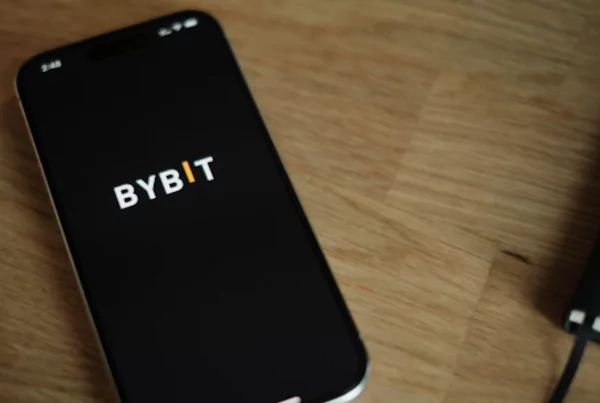
Key Highlights
- As part of the expansion, stake.link introduces a Priority Pool feature to streamline LINK’s staking process.
- Another upgrade will see stake.link move from stSDL (staked SDL) receipt tokens to reSDL (reward escrow SDL), represented as NFTs.
stake.link, a Chainlink-based liquid staking protocol, announced it has rolled out a set of new upgrades following plans to further expand its Chainlink staking program.
stake.link’s Upcoming Staking Program and Its New Features
As the Chainlink ecosystem anticipates the emergence of the Chainlink Staking v0.2, stake.link has proposed a staking program to further improve the efficiency of its staking protocol.
While the program is yet to launch, stake.link has unveiled a suite of new features and optimizations to expand its Chainlink staking program. This development comes as stake.link remains keen on emerging as a leading provider of Chainlink staking solutions.
Notably, the proposed program promises to provide users with an easy and advanced approach towards staking LINK tokens.
stake.link’s Priority Pool Feature
Chainlink’s decision to expand its capacity from 25M to 45M tokens implies that there is a need for highly upgraded staking features. This is necessary to ensure a flexible use of the protocol despite the expansion.
Hence, stake.link has uncovered its priority pool feature to provide users with a seamless and highly efficient process to stake LINK. The priority pool has been designed to provide users with a “set and forget” staking experience by automating the process of staking LINK on behalf of depositors.
stSDL Receipt Tokens Migrates to reSDL
In addition to the proposed upgrades on the stake.link’s staking program, the platform announced that it will be migrating its stSDL (staked SDL) receipt tokens to reSDL (reward escrow SDL).
Notably, reSDL (reward escrow SDL) represents an NFT version of the SDL token. According to the protocol, it has sought to make this upgrade as a way to promote engagements and participation on the platform for a long-term basis. This it will achieve by increasing boosts and governance votes via the use of reSDL.
AI-powered chatbot, “SergAI”
The last on stake.link’s list of potential upgrades is the launch of an AI-powered chatbot, dubbed “SergAI”. Being a major operator in the Chainlink ecosystem, stake.link has launched SergAI to solve the curiosities of users regarding the platform.
As such, SergAI has been designed to answer questions concerning topics and features provided on the platform. Some of these topics may relate to the liquid staking thresholds, the priority pool, and how receipt tokens operate.
stake.link as Chainlink’s Liquid Staking Protocol
As a top-rated liquid staking protocol dedicated to Chainlink, stakelink provides users with exclusive staking rewards. Within the Chainlink ecosystem, stake.link operates as a delegated staking pool with more than 15 top Chainlink node operators. The protocol allows users to earn stLINK tokens after they deposit LINK. Meanwhile,the stLINK tokens provide them with rewards from node fees and blockchain rewards.
Standing out as the pioneer and sole option for Chainlink holders seeking liquid staking yields, stake.link has been making new waves to outshine other staking options available on the Chainlink ecosystem. Other staking options provided on Chainlink include, Frax Finance, Rocket Pool, and Lido Finance.



